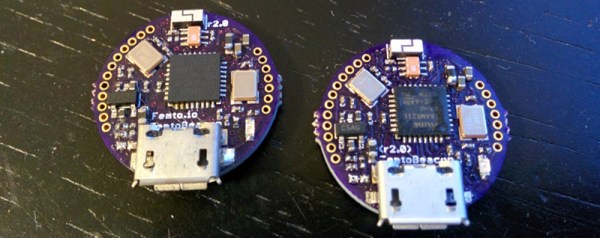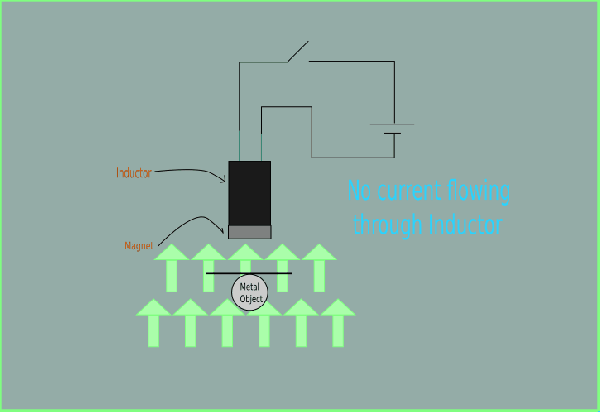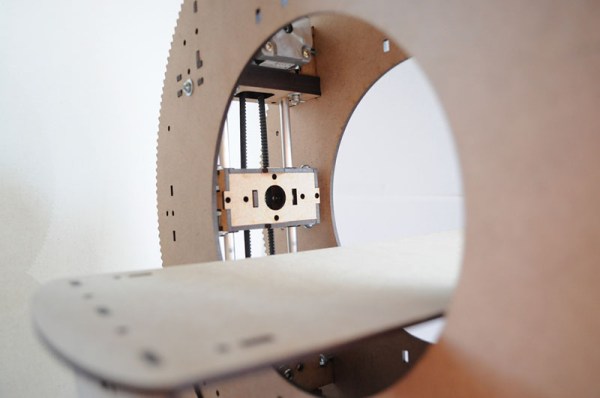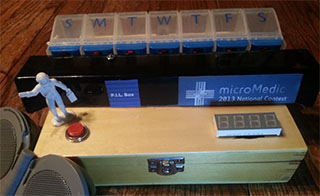The reason we’re playing with quadcopters, flight controllers, motion controlled toys, and hundreds of other doodads is the MEMS revolution. A lot is possible with tiny accelerometers and gyroscopes, and this is looking like the smallest IMU yet. It’s an 18mm diameter IMU, with RF networking, C/C++ libraries, and a 48MHz ARM microcontroller – perfect for the smallest, most capable quadcopter we’ve ever seen.
The build started off as an extension of the IMUduino, an extremely small rectangular board that’s based on the ATMega32u4. While the IMUduino would be great for tracking position and orientation over Bluetooth, it’s still 4cm small. The Femtoduino cuts this down to an 18mm circle, just about the right size to stuff in a model rocket or plane.
Right now, femtoIO is running a very reasonable Kickstarter for the beta editions of these boards with a $500 goal. The boards themselves are a little pricey, but that’s what you get with 9-DOF IMUs and altimeter/temperature sensors.












 Perhaps you want to get your hands messy by mucking about in the dirt. You’ll probably find something interesting to build for this year’s Hackaday Prize, like
Perhaps you want to get your hands messy by mucking about in the dirt. You’ll probably find something interesting to build for this year’s Hackaday Prize, like 
 Medical builds are a tricky subject, but over the years we’ve seen a few that stand out. Some can be as simple as
Medical builds are a tricky subject, but over the years we’ve seen a few that stand out. Some can be as simple as  Of course with 3D printers, you have a bunch of prosthesis applications; from a nine-year-old
Of course with 3D printers, you have a bunch of prosthesis applications; from a nine-year-old 









